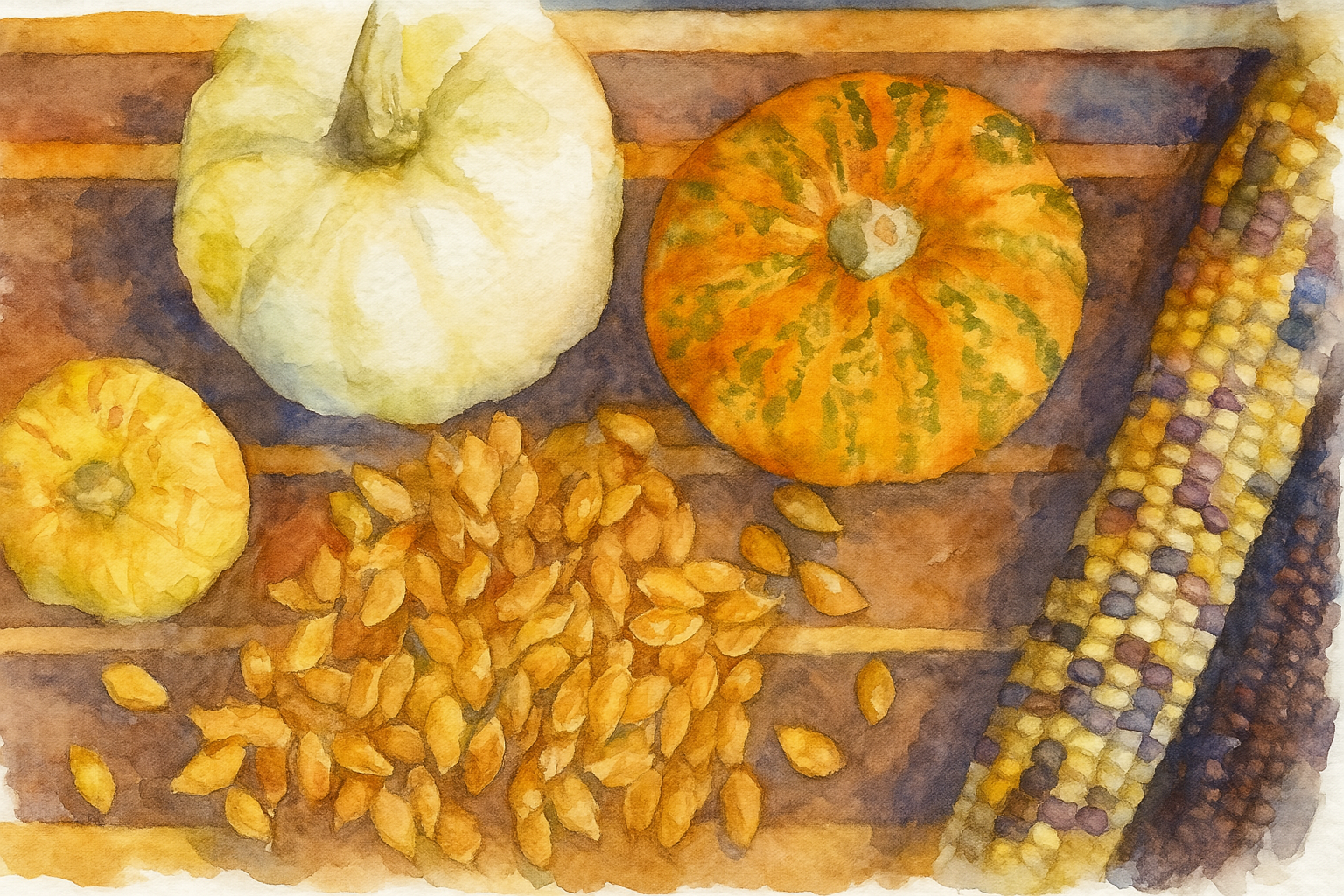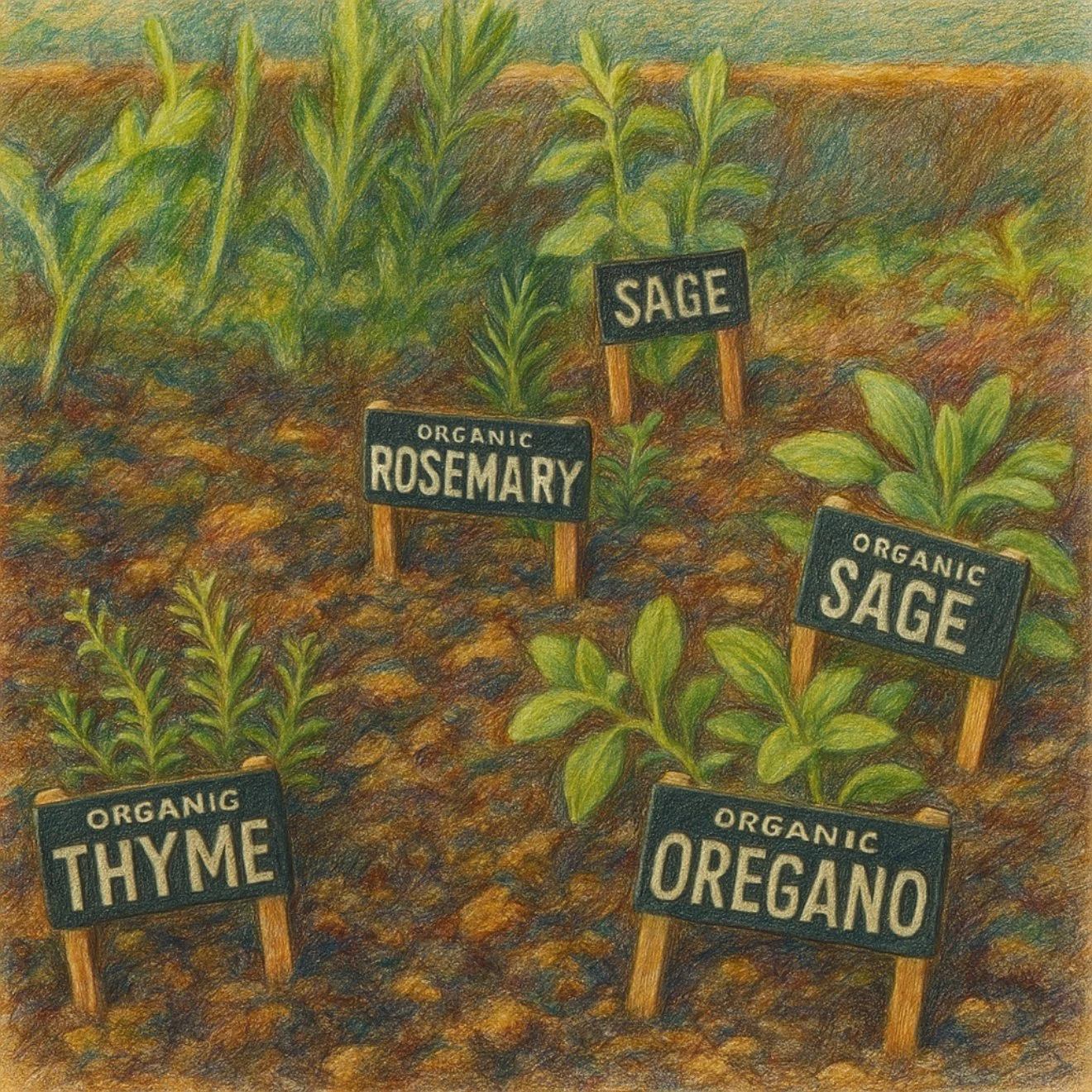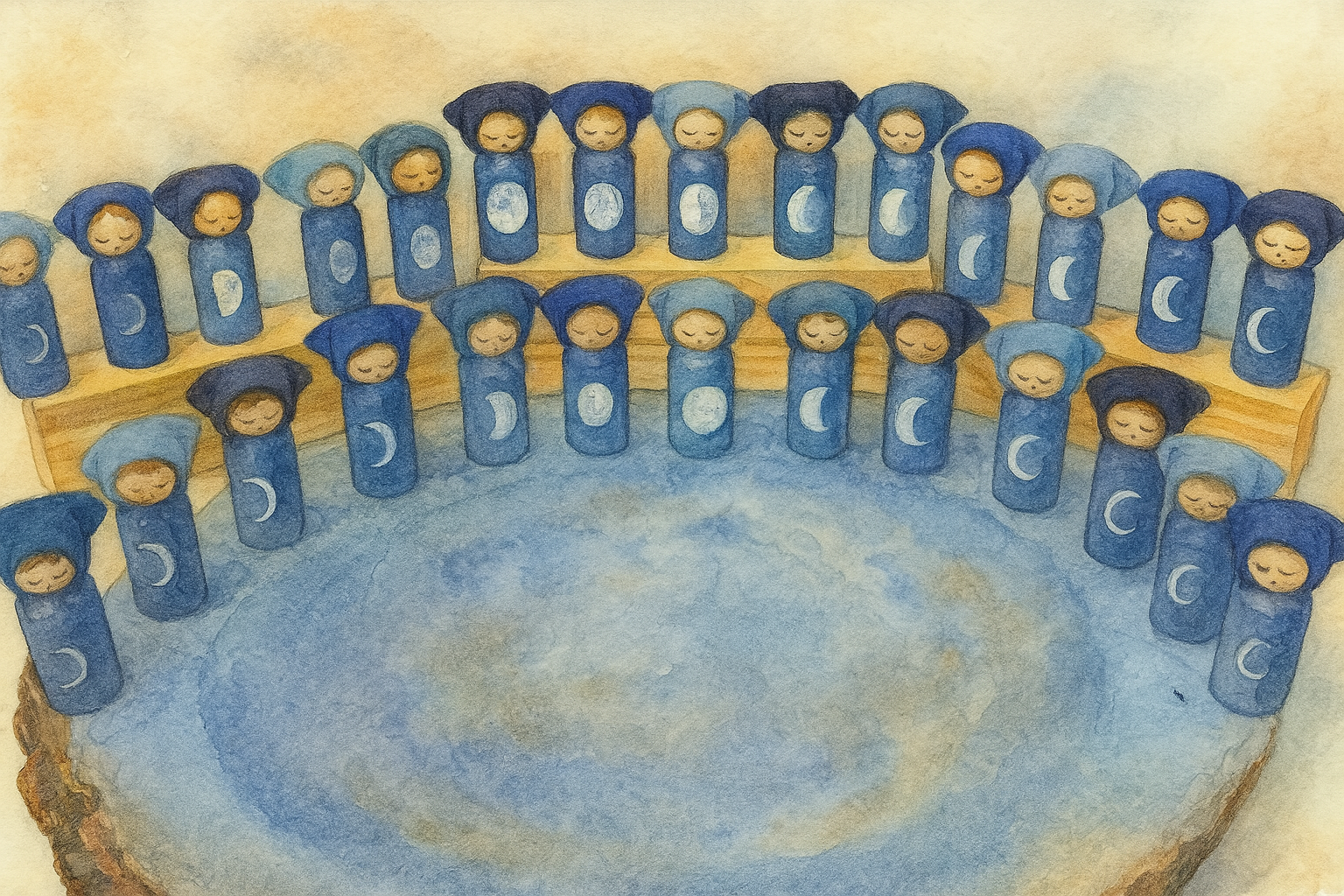
Seasonal Rhythm
Seasonal rhythm forms the foundation for nature study. Living the seasons encourages children to develop a deep, reverent connection to the natural world. Observing and celebrating the changes in nature through the year provides a living context for learning. Rather than offering scientific explanations, children experience the beauty of the changing seasons through nature walks, gathering treasures, engaging in seasonal crafts, and listening to nature stories. These activities are not only grounding and joyful but also cultivate wonder, gratitude, and a sense of belonging in the natural world.
Seasonal Rhythm
Young children don’t have a sense of time, for them every moment is like an eternity. The sense of time develops after the Nine-Year-Change. Up until then, seasonal rhythm is essential for their healthy development as it nurtures their sense of security, connection to the natural world and inner harmony. The anticipation of the seasons provides a rhythm for children that is beyond the sense of time. Children under the age of seven primarily learn through routine, imitation and sensory experience, not an abstract concepts. Time is considered an abstract concept. Seasonal and weekly or monthly rhythms provide a framework for young students to have structure through routine and rhythm.
Seasonal rhythm provides security and predictability. Young children thrive when their lives follow a gentle predictable pattern. This pattern may be seen as a schedule or a routine, but in the eyes of the children, it is not connected to the abstract concept of time. But for us as adults, we recognize that our lives are dependent on the clock more so today, then in the past when our lives were more dependent on the days and seasons rather than the hour or the minute. The flow of seasons: winters rest, spring revival, summer’s abundance and autumn’s harvest mirrors the rhythms within our own lives. Depending on where you live, your seasons will contain unique qualities. However, when days get shorter, we move inward. And when days get longer, we move outward. We naturally have an inward and outward tendency that we see reflected in our day and night as well. Our night is for coming in and sheltering, and our day is for going out and exploring.
Celebrating the seasons through songs, stories, crafts, and festivals, give children a sense of stability, trust, and anticipation. Family traditions are especially significant not just for the homeschooling family, but for children in a school setting as well. Family traditions may differ from cultural traditions, and it provides the unique fabric that makes up the family life.
Seasonal rhythm also connects children to nature. Nature science and nature study are quintessential to the life of the child, especially before the age of 10 years old.
In the Waldorf pedagogy, the natural world is a living classroom. It nurture the body and the spirit (soul). Observing and participating in the rhythms of nature: planting seeds in the spring, harvesting and autumn, watching animals prepared for winter, etc. develop reverence and care for life. More importantly, it’s how the children see the adult’s behavior that is more educational than simply being in nature with plants and animals. How are the teachers and adults in the children’s lives behaving is the greater educational experience.
Seasonal rhythm also supports a healthy inner development. The rhythm is not just external in the seasons, but it’s internal as well. Human beings naturally breathe, sleep and digest in rhythms. These rhythms are mirrored in the seasonal rhythms. While we may not verbally identify the connection, when we experience these seasonal rhythms, it brings harmony to our internal rhythm. We can see how easily our internal rhythm is disrupted when our external rhythm is not honored. Imagine not sleeping for two days, we will see our internal body suffer the consequences of the external rhythm not being honored. In essence, if we do not sleep at night and rise during the day, our internal rhythms will suffer and become disregulated.
For millennia, winter was seen as a quiet inward season. This is for places in the world where winter days are shorter and cooler. Along the equator where days and nights are fairly equal throughout the year, a more subtle rhythm is experienced. When the days become longer and warmer, it naturally supports greater social connection and movement. Our bodies awaken and desire to be outdoors, absorbing the sun and spending time with the community.
Seasonal rhythms we may have abandoned in lieu of a city life are harvest in the autumn, which is a time for gratitude and courage. Darkness in winter with handwork, quiet, crafts, and reflective storytelling used to characterize winter in the past. But today with electric lights, we barely feel the darkness. We don’t even experience the night sky in its full glory. Spring is a time of renewal, planting and joyful songs. This season is still experienced in many ways even in modern times. And Summer, a time for freedom, festivities, festivals and abundant outdoor play is still significant in our current times; however, it’s been reimagined as vacations and travel.
Seasonal rhythm is a wonderful time to foster cultural and spiritual traditions and nourishment. Especially when a family’s traditions or spirituality differs from that of their community or greater culture meaning into your religious traditions, festivals, and rituals provides a sense of belonging for the child and a deep connection to something greater like religion or ancestry.
Seasonal rhythms are a foundation for future learning. By living in the rhythms of the year, children developed a natural sense of time and continuity through their experience rather through the abstract concept of time. This embodied experience lays the groundwork for later academic learning in science, history, and mathematics. But more importantly, the time spent in nature lays the groundwork for a child’s ultimate spiritual development and health in adulthood.
Seasons
-

Autumn
In the Waldorf approach, autumn is a time of observation, gathering, and gratitude. Students are gently guided to notice the world around them as it begins to contract and prepare for winter. Nature walks are a daily rhythm, where children collect leaves, seeds, nuts, and observe changes in animal behavior and plant life. These experiences are brought back into the classroom through watercolor paintings, beeswax modeling, nature journaling, and verses that celebrate the season’s bounty. Teachers may tell imaginative stories about trees releasing their leaves or animals preparing their winter homes, nurturing a child’s connection to the living world through wonder and narrative rather than analytical explanation. Science in these early years is sensory, experiential, and artistic—laying the foundation for deep reverence and curiosity about the natural world.
-
Winter
Winter in the Waldorf classroom invites inward reflection and still observation. While the natural world may seem quiet or dormant, it becomes an opportunity to explore hidden aspects of nature: animal tracks in the snow, the bare structure of trees, and the deep silence of the earth at rest. Children may learn about hibernation, migration, and the cycle of light and dark through nature stories and verses. Candlelight, crystals, pine cones, and evergreen boughs often adorn the nature table, reminding children of life continuing even in the cold. This season supports the mood of quiet inner growth and wonder, encouraging children to recognize the rhythms of nature within themselves and the world.
-
Spring
Spring bursts forth with energy, and the Waldorf curriculum mirrors this joyful expansion. Nature study comes alive with the return of birds, blossoming flowers, and sprouting seeds. Children witness transformation daily—buds opening, eggs hatching, insects buzzing—and these experiences are celebrated through stories, movement, songs, and hands-on gardening. The emphasis remains on direct observation and reverence, not dissection or measurement. The teacher may guide students in planting seeds and observing their growth, or draw their attention to the changes in weather and the return of color to the landscape. The mood of spring in the early grades is one of celebration and renewal, and nature science is woven into the child’s sense of joy and discovery.
-
Calendar
For children, a calendar is abstract, but the seasons are experienced. The days of the week are abstract, but colors and grains are relatable. In Waldorf education, in the younger years and grades, colors, grains, and other representations of the calendar or seasons are used to help children find rhythm and routine.




